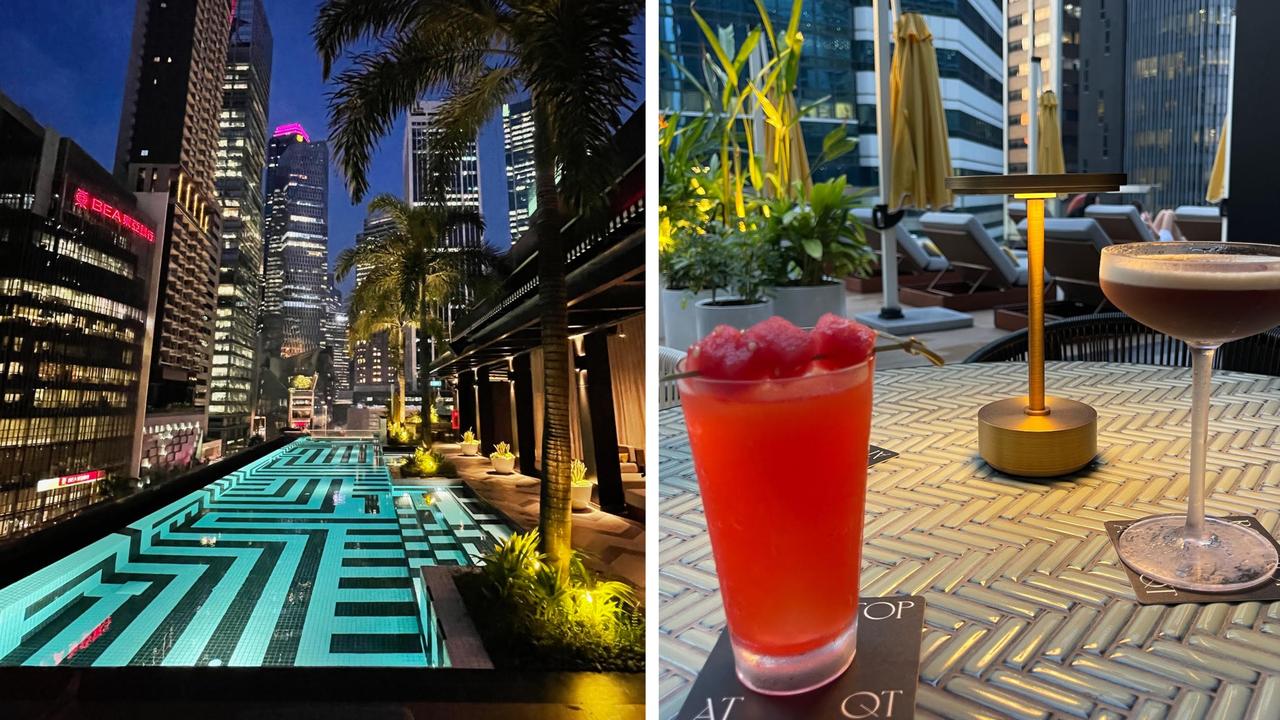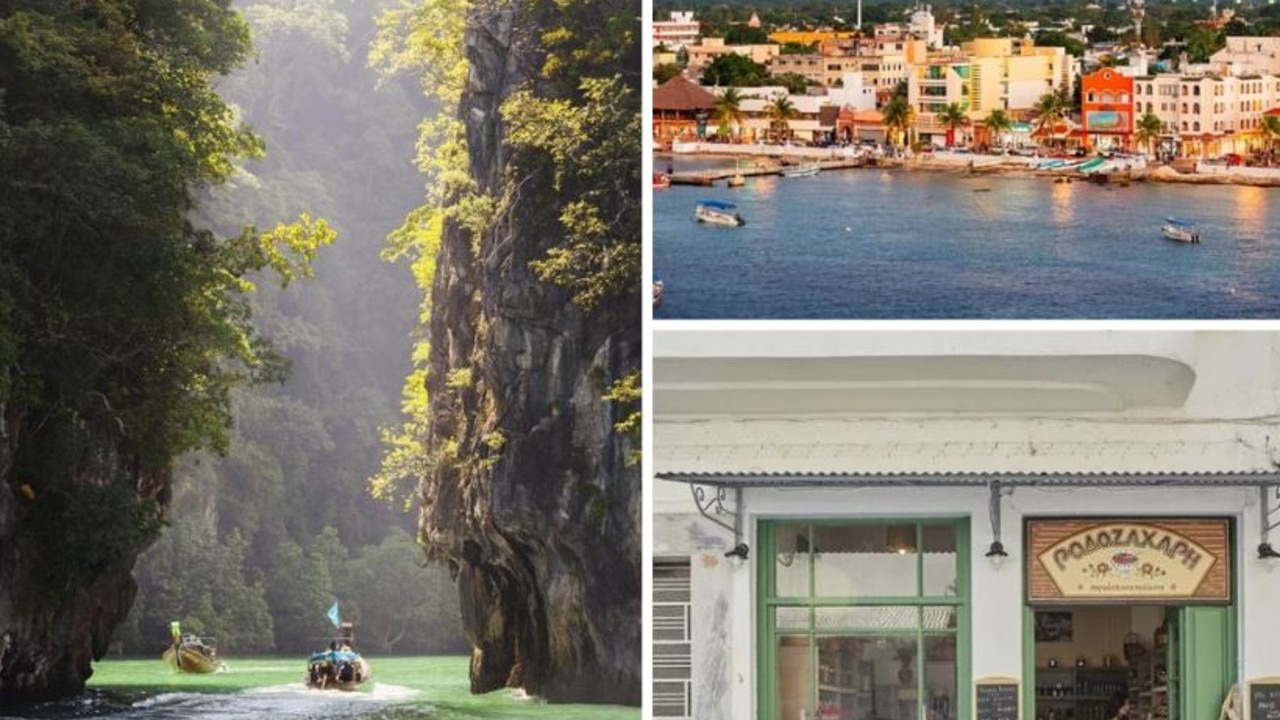What overwater bungalows are really doing to our waters
At first glance it appears to be the dream holiday snap, but there’s something going on here that many travellers don’t know about.
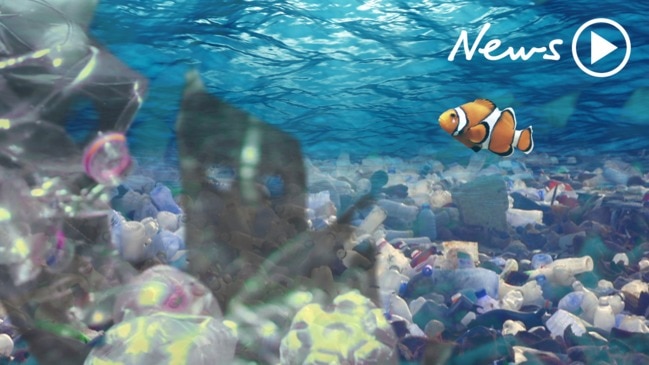
As I stumbled out of bed, enveloped in a jet-lagged haze, something caught my eye that made me do a double-take.
A school of kaleidoscopic fish meandered through the stunning turquoise water, accompanied by a graceful stingray. It dawned on me that my dream had finally come true, I had woken up in paradise.
I couldn’t imagine a more magical location than the overwater bungalow in French Polynesia where I was staying with its stunning views of the lagoon below via large glass panels in the floor of the bedroom and bathroom.
It’s a surreal experience to wake up surrounded by sea life, gaze out the window and see white-sand beaches and crystal-clear waters and be able to jump in straight from your doorstep. And hearing the loud splashing of boisterous fish close to your head as you fall asleep is bizarre.
RELATED: Stunning plans unveiled for world’s first floating city
RELATED: Buy an island for less than a one-bedroom apartment in Sydney
RELATED: These are the best islands in the world, according to TripAdvisor
Travellers from around the world save up thousands for bucket list experiences like this, usually to splash out for once-in-a-lifetime event such as honeymoons.
However, there’s something most tourists don’t think about when looking at these picture-perfect overwater bungalow images.

Could the very thing that makes them so incredible — the fact that they are located in the water — pose a problem? Are they bad for the environment?
The full impact is not known yet because of the small number of structures around the world, however construction is ramping up as demand grows.
While the Maldives is the undisputed king of the overwater bungalow, French Polynesia isn’t far behind and they can also be found in Mexico, Belize, Jamaica, Samoa, Malaysia, Cambodia and the Philippines. Panama is next in line.
So what’s the issue?
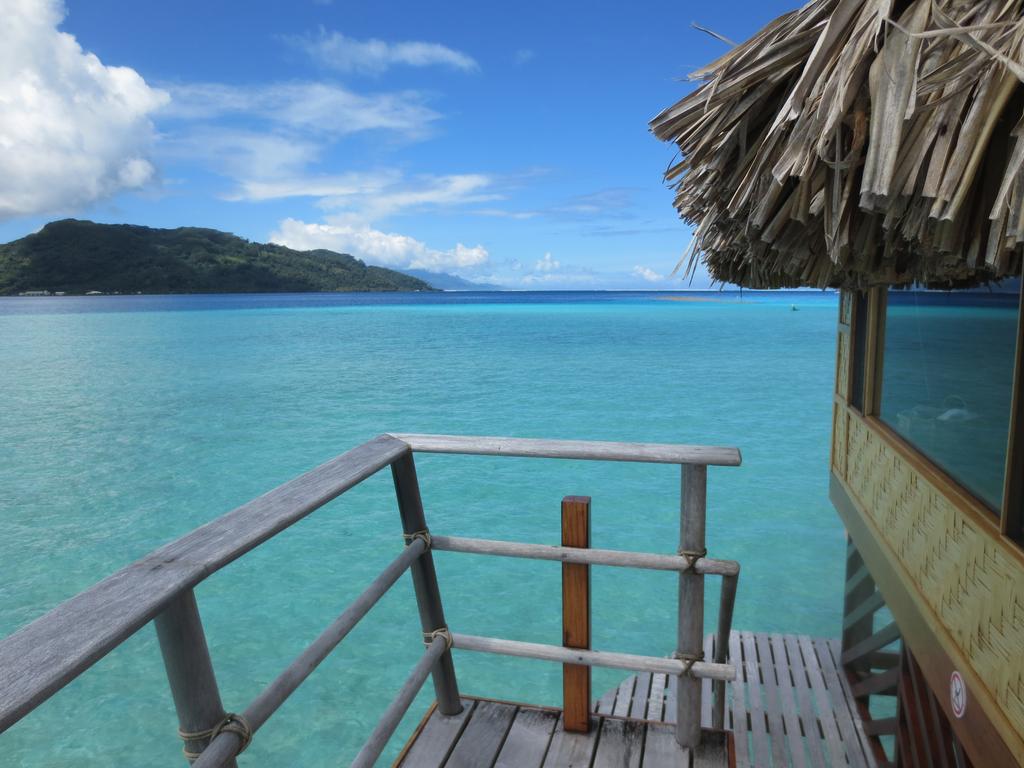
US transport research agency the Washington State Transportation Centre explored 30 years of literature documenting the potential impacts overwater structures pose to the habitats of fish. They found that one of the main considerations is how the structures may alter the amount of light that filters into the sea, and the flow on effects this may have
The researchers noted: “Overwater structures have been proved to pose potential mortality and fitness risks to these animals (fish) and their ecosystems. Mechanisms of impact are characterised as changes in light, wave energy, and substrate (the surface where an organism lives) regimes.
“Modifications to these regimes by the construction of, presence of and operations around overwater structures have been found to produce significantly different distributions of invertebrates, fishes, and plants in under-dock environments than in adjacent non-shaded vegetated habitats.”
In recent years, the tourist hotspot of Belize has been swamped with applications for the development of overwater villas, bars and restaurants and the need to balance development with protecting the environment led to guidelines on how and which type of overwater structures should be allowed.
Created by the Department of the Environment and the National Environmental Appraisal Committee, their National Environmental Guidelines on Overwater Structures provides further insights on the impact of shading.
“Overwater structures could have significant impacts on the environment and are required to carry out an Environmental Impact Assessment,” it states.
“Overwater structures shade aquatic habitat and limit ambient light penetration, affecting macrophyte and phytoplankton primary production. This shading could result in a decreased survival rate, or at least promote behavioural changes in various components of the biological community.
“Lighting associated with these structures may possibly alter fish species behaviour, posing increased risk of predation and causing disruption of fish migration patterns.”
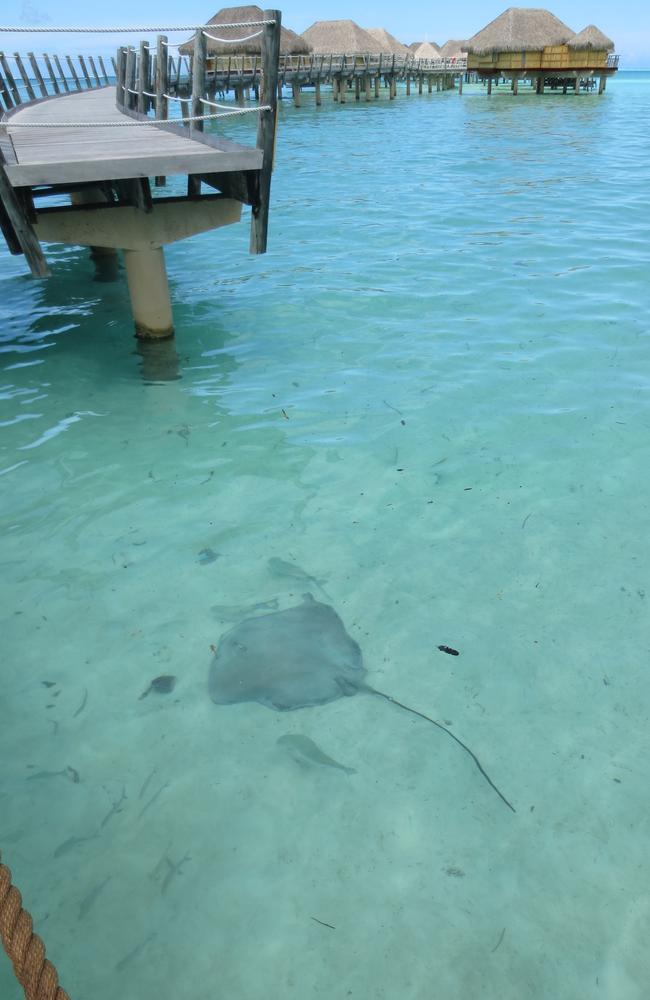
Other concerns include waste generation and disposal, destruction of habitat and sedimentation, hazards to marine life, impacts on the aesthetic value of the coastline and safety, particularly in regards to natural disasters.
And it gets worse — it turns out that just by flying to these islands we are threatening their ultimate destruction, according to the 2011 book Island Tourism: Towards a Sustainable Practice: “The litany of the ecological impacts of island tourism development is immense, including terrestrial and marine pollution, habitat destruction and species extinction.
“More recently, long-haul travel to islands via aircraft has been identified as a source of greenhouse gases contributing to climate change; hence island tourism is not only contributing to its own demise, but also to the impacts of global warming …
“Many authors have subscribed to the view that island nations in the Pacific and Indian Oceans are destined to be inundated as a result of the combined effects of global warning and rise in sea level.”
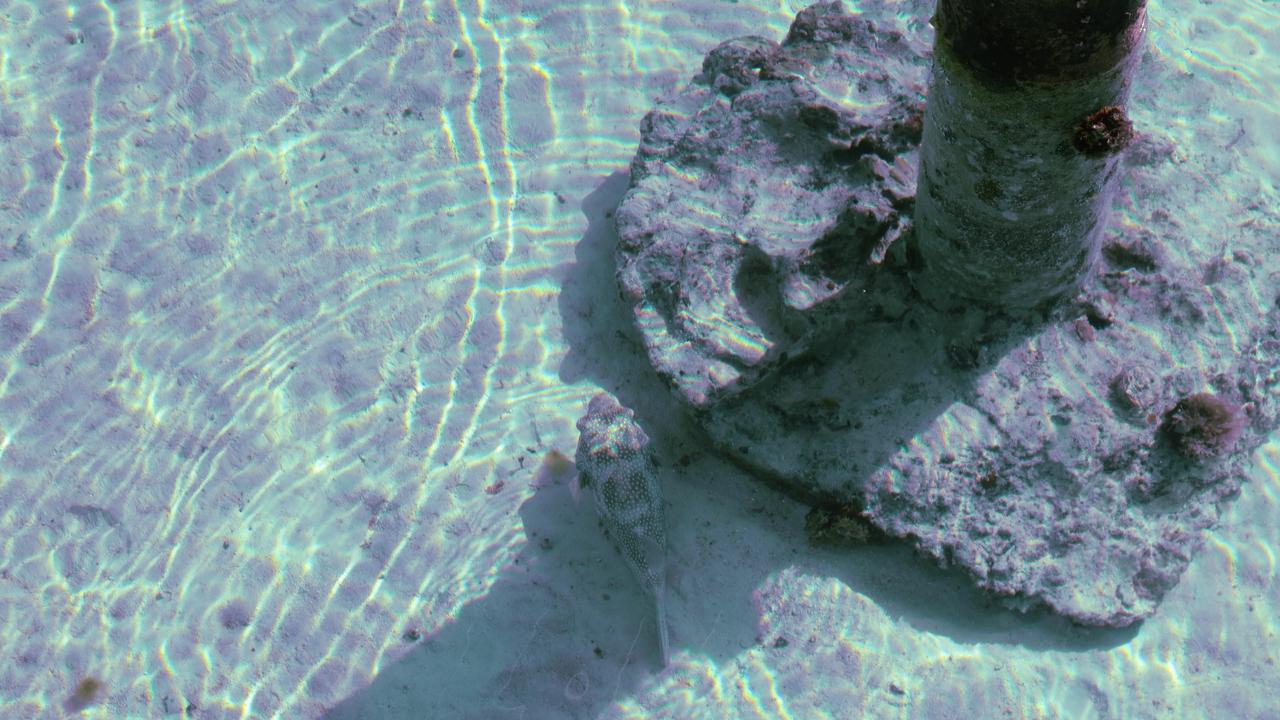
However, don’t despair just yet. Along with the strict guidelines that popular destinations such as the Maldives, Belize and French Polynesia have for overwater structures, many owners of overwater villas are becoming increasingly aware of their impact on the environment, and are moving mountains (don’t worry, not literally!) to reduce it.
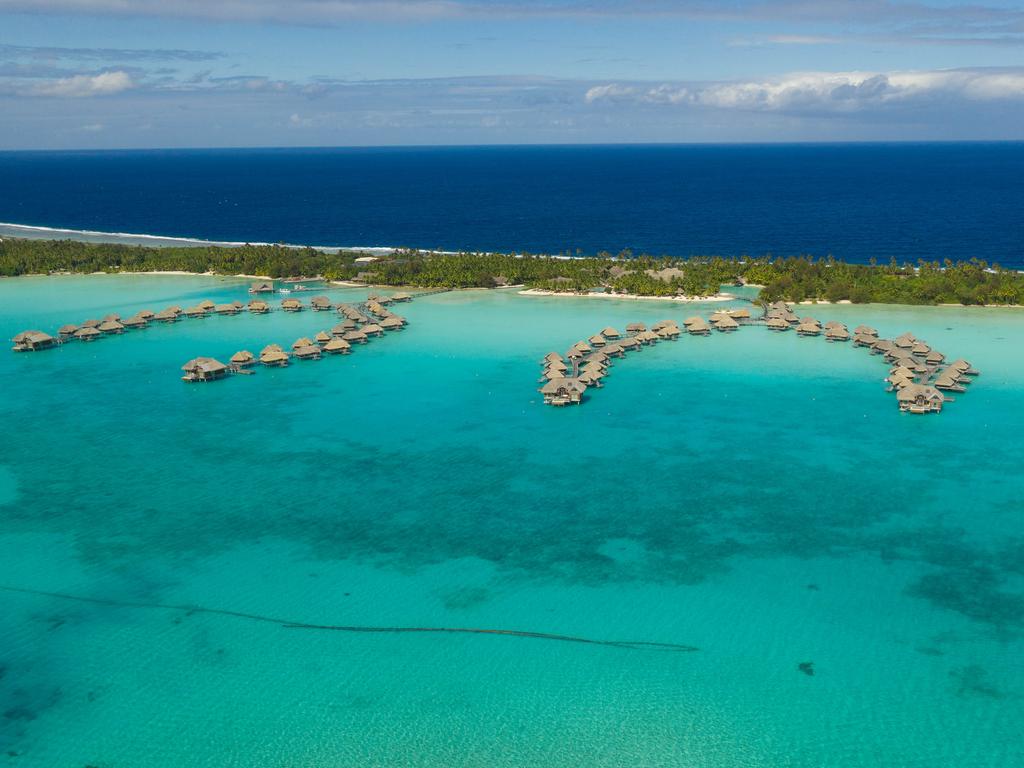
A famous example of this involves film star Marlon Brando, the former owner of the glam castaway-style resort the Brando on the tiny atoll of Tetiaroa, who spearheaded environmental projects to make French Polynesia sustainable.
Among his impressive achievements, the Brando had 100 per cent renewable energy, sea water airconditioning, an eco station for research, education and conservation, and solar energy.
Brando’s influence on the region is felt even after death, with the newer Brando Suites located at the InterContinental Bora Bora Resort also using airconditioning produced from deep-ocean water.
Let’s hope that future overwater villas follow suit(e).
Kate Schneider is a freelance travel reporter. continue the conversation @SchneiderK


